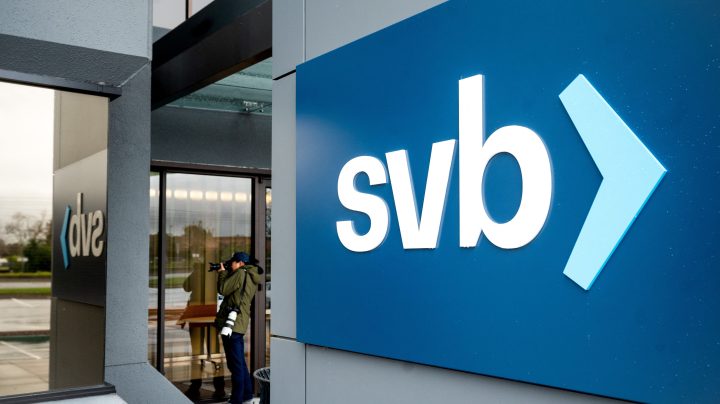
What is “duration risk”? (And how did it get Silicon Valley Bank into trouble?)
What is “duration risk”? (And how did it get Silicon Valley Bank into trouble?)

One refrain we’ve heard lately is that Silicon Valley Bank failed because it took risks that turned sour. The specific kind of risk in the limelight right now is what’s known in financial circles as duration risk.
It doesn’t get much attention when interest rates are low, but with the Federal Reserve aggressively hiking rates to beat back inflation, that’s changed. And it seems that banks like SVB didn’t see it coming.
The Fed has raised its benchmark interest rate from near zero to almost 5% over the last year. That makes these unprecedented times, said Frances Donald, global chief economist at Manulife Investment Management.
“Interest rates have been raised the fastest in modern history,” she said.
And when interest rates go up, bond prices go down. The past year’s drop in bond prices has been historic, said Dan Suzuki, deputy chief investment officer at Richard Bernstein Advisors.
“Just to think about what that means, the U.S. bond market overall fell over 18% during that period,” he said.
But some bonds are more sensitive to interest rates than others, depending on how long they take to mature. That so-called duration risk is a large part of what got SVB into trouble.
The bank was flooded with deposits after the start of the pandemic, and it invested a large chunk of them in long-term government bonds and mortgage-backed securities, which paid a higher yield than short-term Treasuries.
The problem is those long-term bonds were more exposed to rising interest rates, said Marti Subrahmanyam, a finance professor at NYU’s Stern School of Business.
“Had they invested in two years or less, they would have taken a much smaller hit,” he said.
Worth noting, SVB’s losses were only on paper — that is, until the bank needed to offload those bonds quickly as depositors rushed for the exits.
There’s a lot happening in the world. Through it all, Marketplace is here for you.
You rely on Marketplace to break down the world’s events and tell you how it affects you in a fact-based, approachable way. We rely on your financial support to keep making that possible.
Your donation today powers the independent journalism that you rely on. For just $5/month, you can help sustain Marketplace so we can keep reporting on the things that matter to you.












